
Curious about the techniques used here? You can learn more next month if you’ve signed up for email updates!
ANSWER TO MYSTERY TECHNIQUE #134:
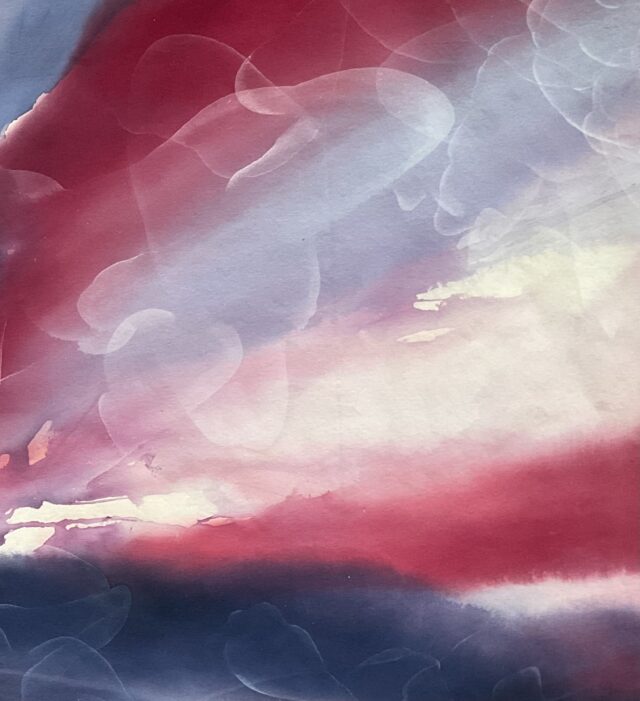
Intriguing effects happen when you let gravity assist the painting process! First I lightly primed raw unstretched canvas with diluted gesso. After this dried, I tacked the canvas to the wall and used paper cups to pour a series of acrylic glazes; each layer had to dry before another could be added. To vary the shapes, I pinched the cup’s rim to make a spout and changed the direction and angle of the canvas for each pour. I created the ghostly white shapes by letting the paint start to dry around the edges and then pouring clear water to wash most of it away.
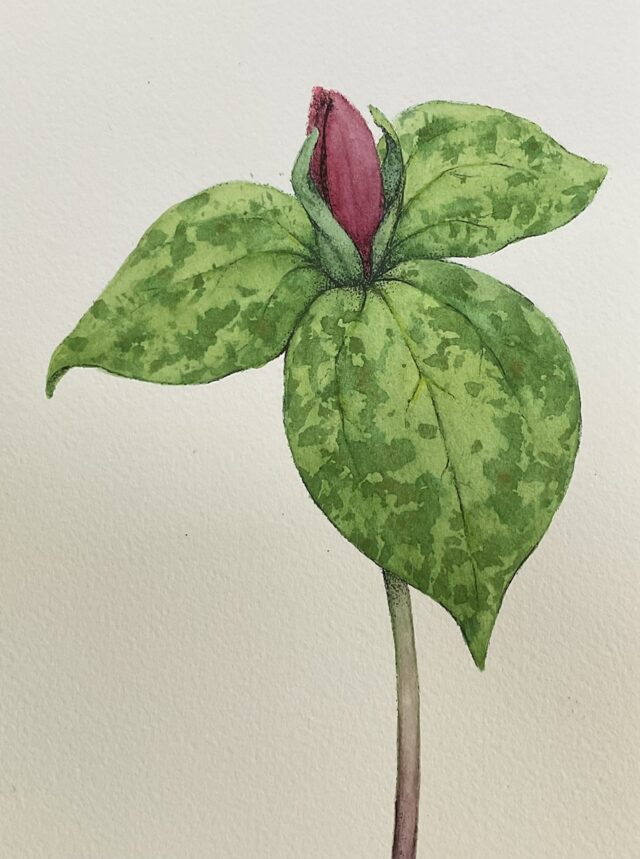
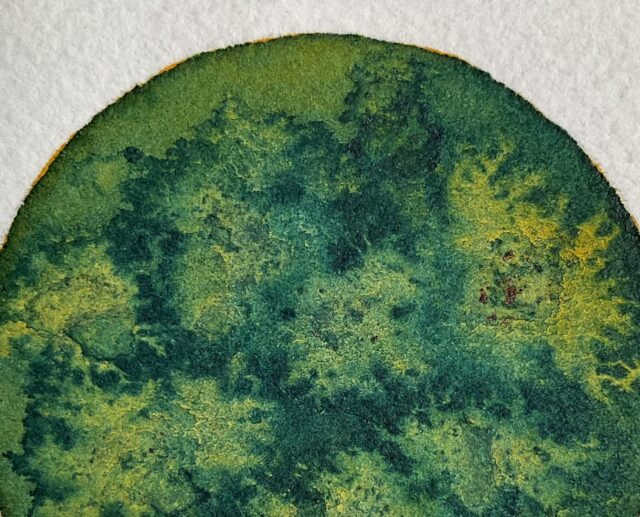
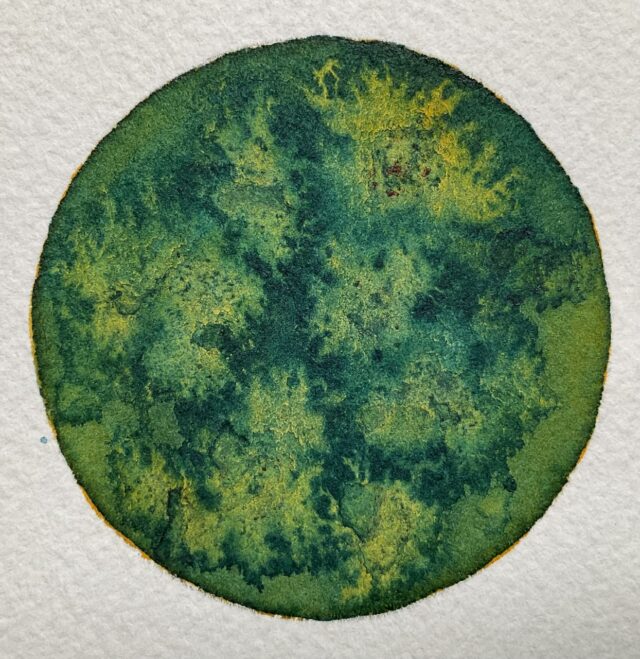
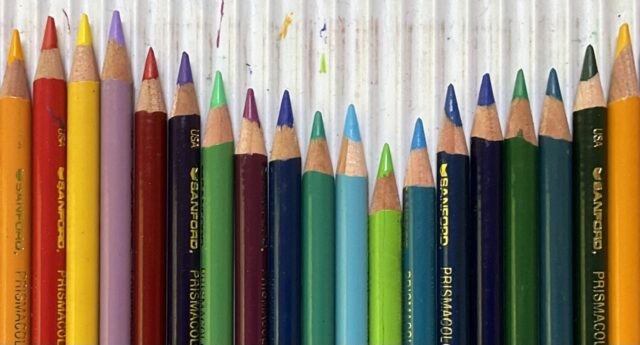
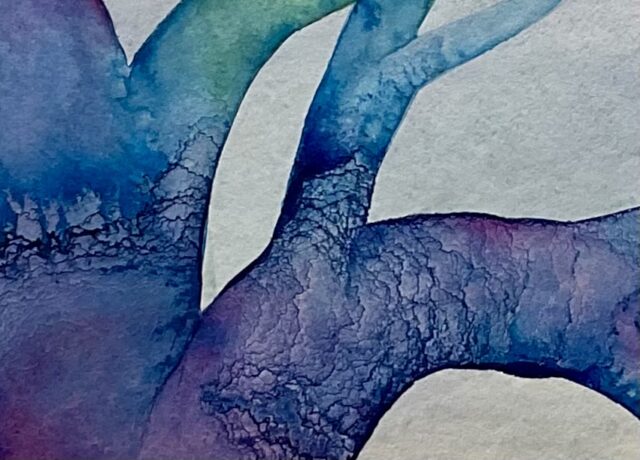
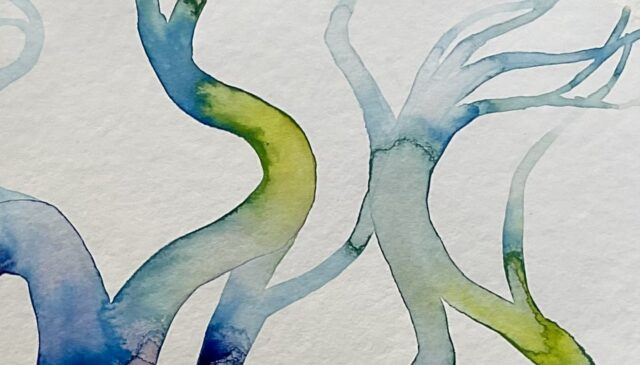
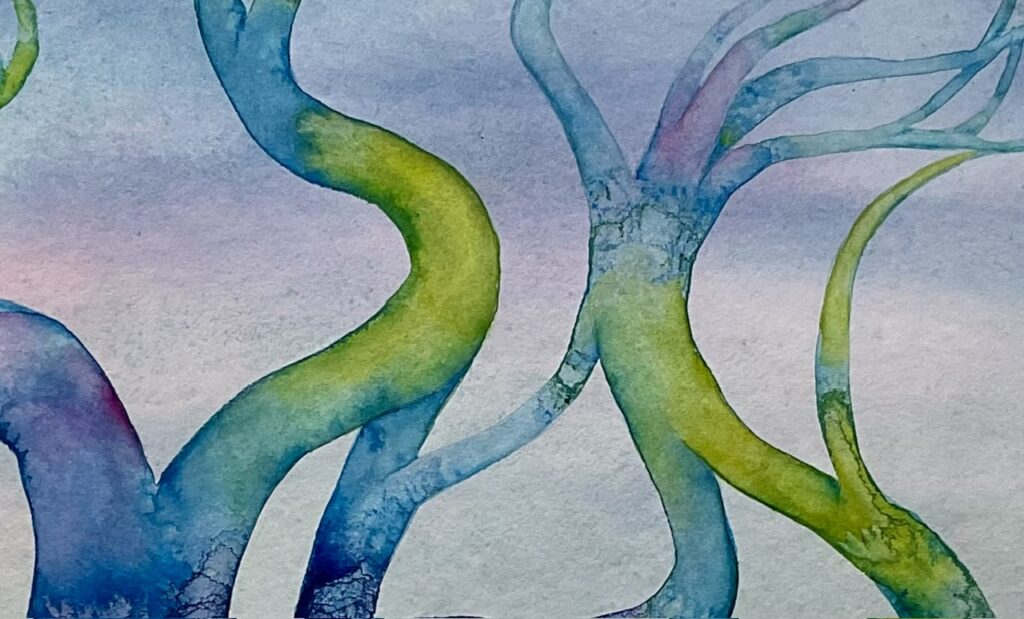
 Home
Home